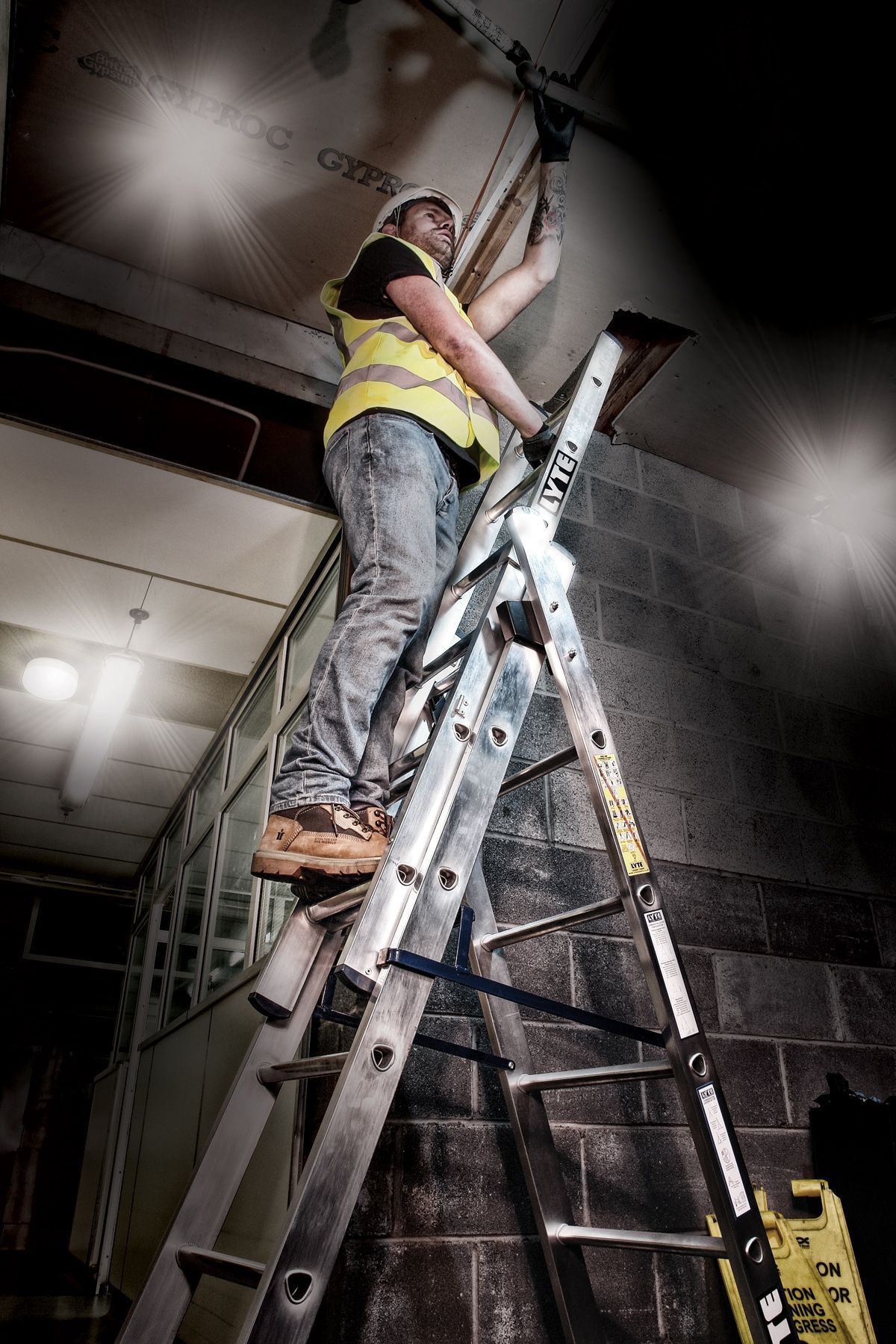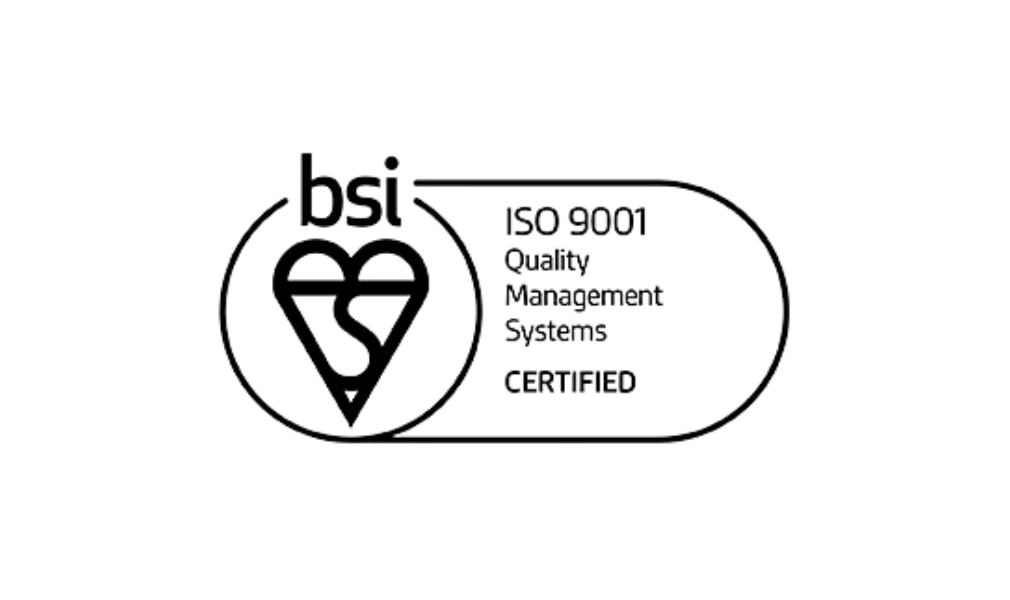Understanding UK Ladder Standards
At Lyte Ladders & Towers, safety is at the heart of everything we do. We ensure our ladders and towers comply with stringent UK safety standards set by the Health and Safety Executive (HSE), the Ladder Association, and PASMA.
UK Ladder Standards
In the UK, ladder standards are outlined by HSE and are enforced to ensure products are safe for use. This includes the EN 131 standard, and these regulations form a core part of the Work at Height Regulations (2005), which mandate the use of compliant, safe ladders in workplaces.
The EN 131 standard is a European-wide safety standard for portable ladders, covering both professional and non-professional use. It ensures that ladders meet minimum safety, performance, and durability requirements. EN 131 is divided into several parts:
- EN 131-1: Specifies dimensions, materials, and the ladder's load capacity (up to 150kg).
- EN 131-2: Defines testing for strength, slip resistance, and stability.
- EN 131-3: Provides user instructions for safe use and maintenance.
- EN 131-4: Applies to hinged ladders with multiple configurations.
Lyte Ladders adheres to these standards to ensure maximum safety and reliability for all users.
The Role of the Ladder Association
The Ladder Association is the not-for-profit lead industry body dedicated to promoting the safe use of portable ladders. They work closely with other trade and professional bodies, industry regulators and key decision makers, to support codes of good practice and minimum standards for equipment and training in the work at height sector. Their members include equipment manufacturers, rental companies and training providers.
The Ladder Association offers a range of accredited ladder safety training courses, delivered through a network of audited and approved training centres. In addition to administering the LadderCard training scheme, they publish safety guidance, a Code of Practice and technical notes (free to download from their website).
For more information, visit the Ladder Association website.
PASMA Standards for Scaffold Towers
For scaffold towers, Lyte Ladders adheres to PASMA standards, the UK’s foremost authority on mobile access towers. Towers manufactured by Lyte comply with both EN 1004 (mobile access towers) and PASMA's guidelines, ensuring safety when working at height. PASMA also provides essential training for using mobile towers safely, which Lyte recommends to all our customers.
The EN 1004 standard covers the design, construction, and safety requirements for mobile access and working towers, often referred to as scaffold towers. The standard outlines specifications for towers that are free-standing, height-adjustable, and mobile, typically made from materials like aluminium or fibreglass. EN 1004 applies to towers with platform heights from 2.5m to 8m indoors and 2.5m to 12m outdoors.
Key aspects of the standard include:
- Material strength and load-bearing capacity.
- Requirements for base stability.
- Guardrails, toe boards, and access points for safety.
- Assembly and dismantling instructions for ensuring safety during use.
At Lyte Ladders, our mobile towers are designed to meet or exceed the EN 1004 standard, ensuring that they are safe, durable, and reliable for professionals working at height.
Lyte's Commitment to Safety
At Lyte Ladders & Towers, we are dedicated to ensuring that all our products meet or exceed UK safety standards. We work closely with organisations like HSE, the Ladder Association, and PASMA to ensure that every ladder and tower adheres to the most current safety regulations. Whether for construction, maintenance, or trade professionals, we prioritise the safety and security of every user.
By choosing Lyte Ladders & Towers, you’re not only getting a high-quality product but also one that’s built on the foundation of stringent safety standards.
For more information on UK ladder standards, you can visit the HSE website, Ladder Association, or PASMA.









